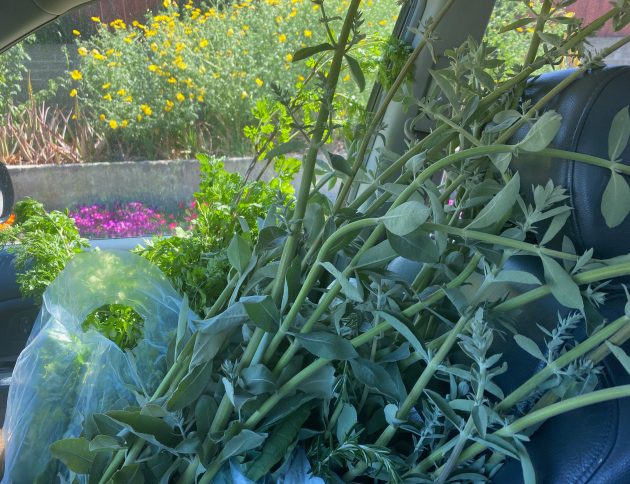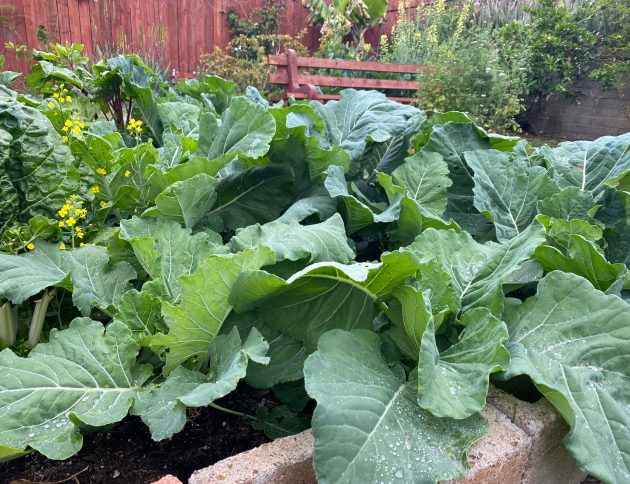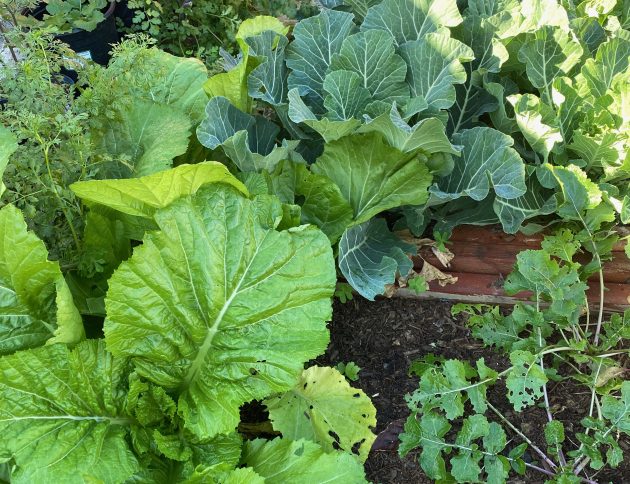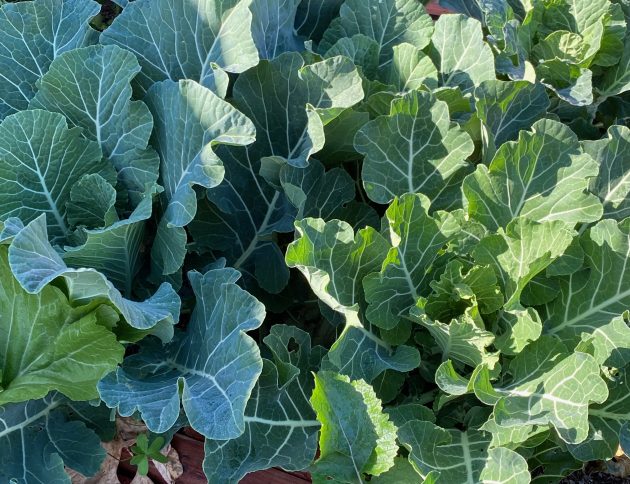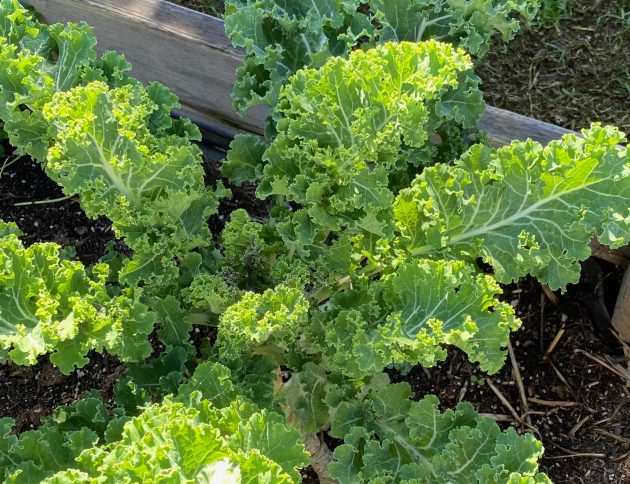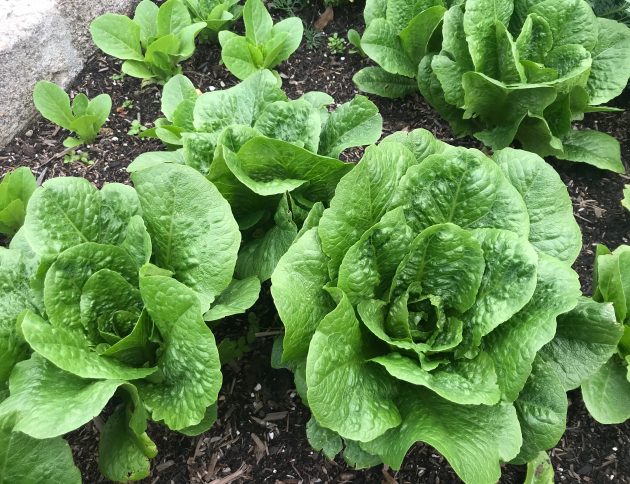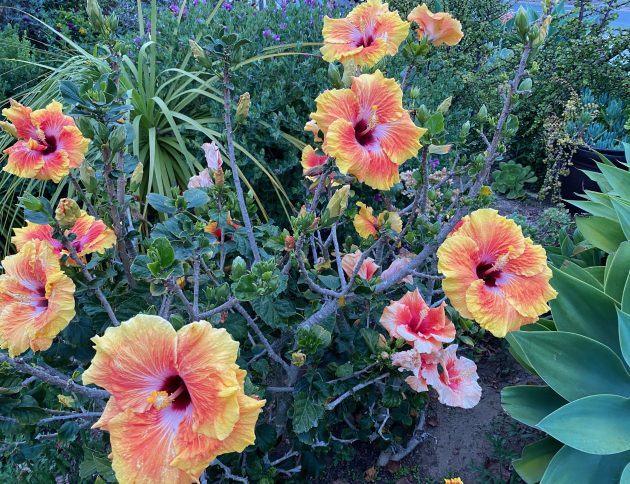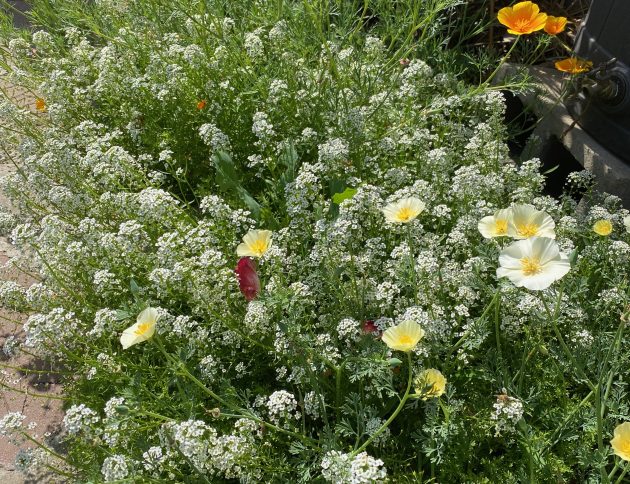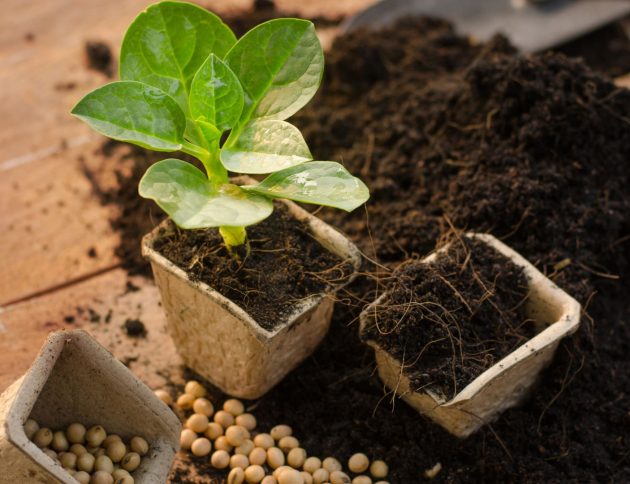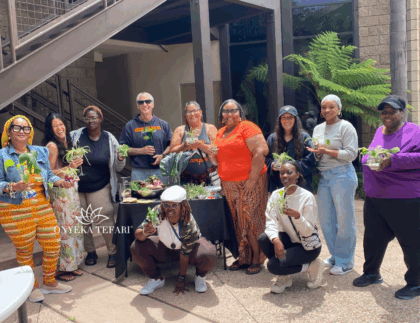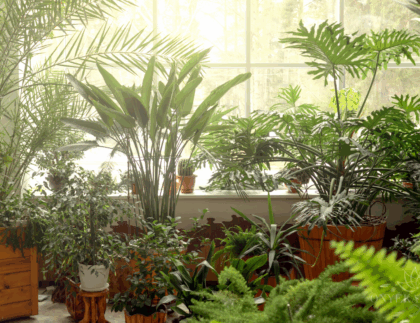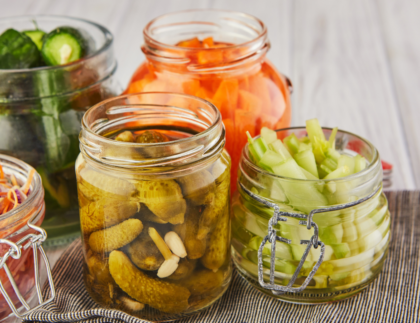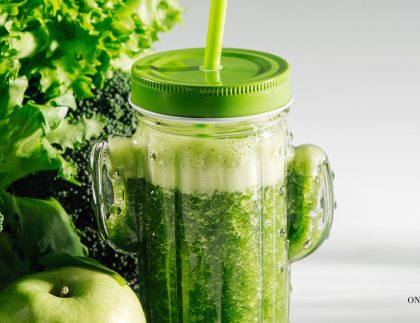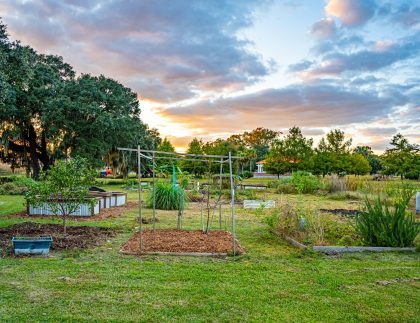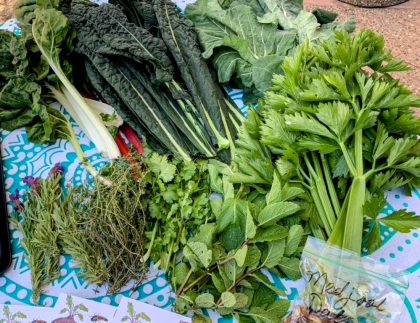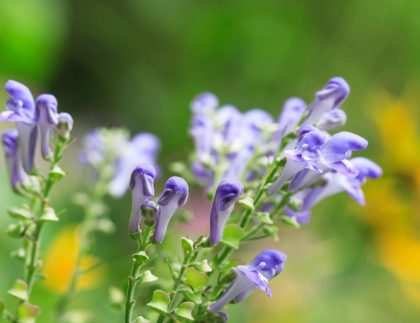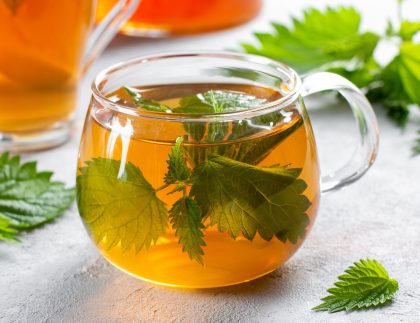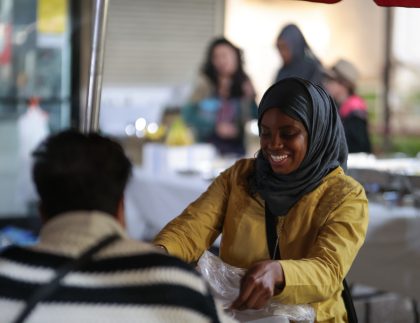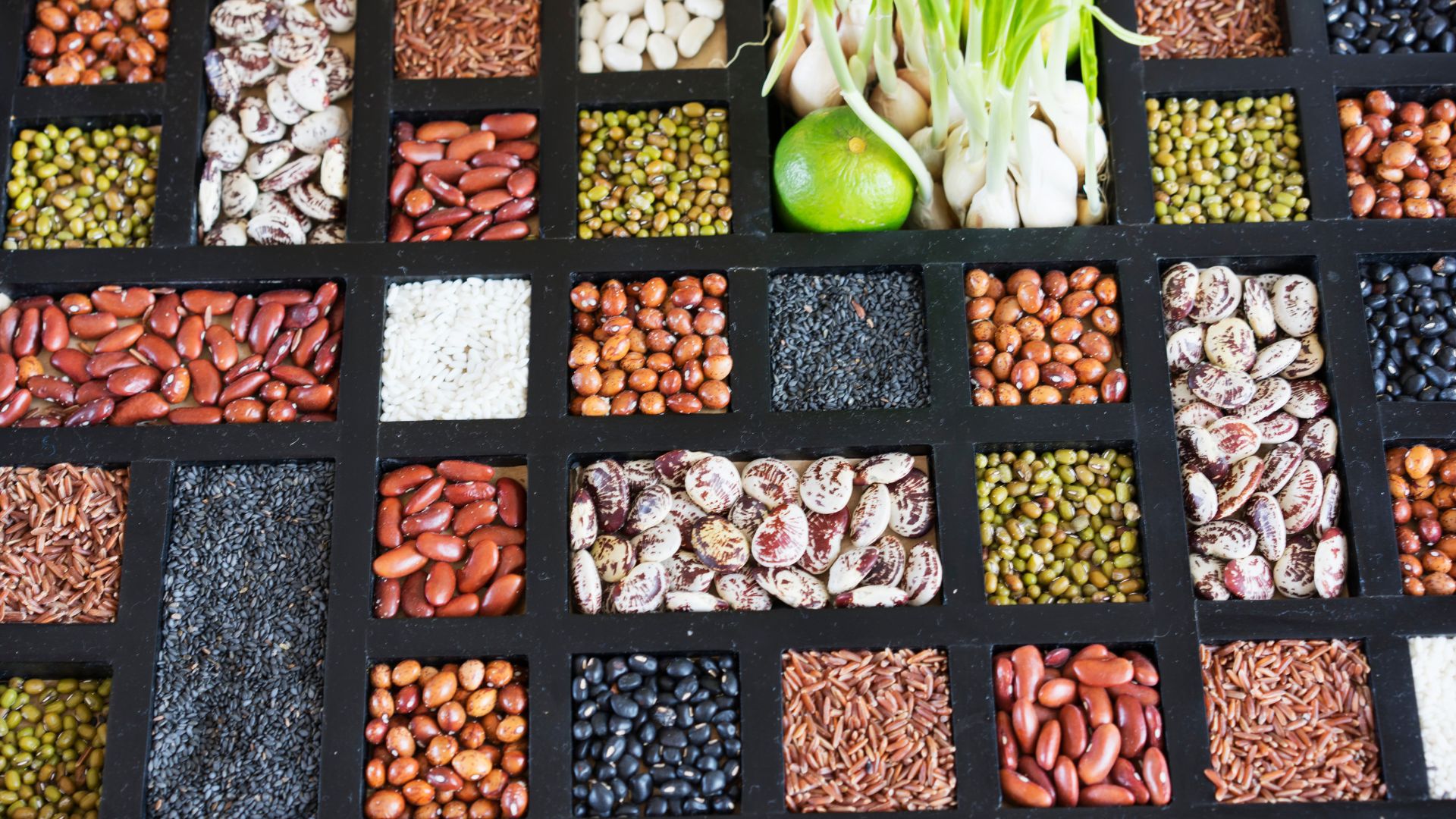
In the act of sharing seeds, we sow the roots of community, nurturing not just plants but the bonds that connect us all in our journey towards a greener, more sustainable future.
As stewards of our planet, gardeners play a crucial role in preserving biodiversity and ensuring food security. One powerful way to contribute to these efforts is by saving seeds from your garden. Seed saving not only empowers you to grow plants year after year but also promotes genetic diversity and resilience in our food supply. In this guide, we'll explore the steps to effectively save seeds from your garden, allowing you to enjoy a sustainable and self-reliant gardening practice.
1. Selecting Suitable Plants:
Before diving into seed saving, it's important to choose plants that are well-suited for the process. Opt for open-pollinated or heirloom varieties, as these will produce seeds that remain true to their parent plants. Additionally, select plants that exhibit desirable traits such as vigor, flavor, and disease resistance.
2. Allowing Plants to Mature:
Seed saving begins with allowing your plants to reach full maturity. Let fruits and vegetables ripen on the plant until they are fully developed and begin to show signs of senescence. This ensures that the seeds inside are mature and viable for saving.
3. Harvesting Seeds:
Once your plants have matured, it's time to harvest the seeds. Different plants require different methods of seed extraction:
- For fruits like tomatoes and peppers, scoop out the seeds and pulp, then ferment them in water for a few days to remove any gel coating. Rinse and dry the seeds thoroughly before storing.
- Seeds from dry-podded plants like beans and peas can be left to fully dry on the plant. Once dry, shell the pods and collect the seeds.
- Leafy greens like lettuce and kale produce seeds on tall stalks. Allow the seed heads to dry on the plant before collecting them in a paper bag.
4. Cleaning and Drying Seeds:
Proper cleaning and drying are essential for ensuring the longevity and viability of your saved seeds. Remove any debris or plant material from the seeds and lay them out in a single layer on a fine mesh screen or paper towel. Allow them to air dry in a well-ventilated area away from direct sunlight until completely dry.
5. Storing Seeds:
To maintain seed viability, it's crucial to store them properly. Place dried seeds in labeled, airtight containers such as glass jars or seed envelopes. Store them in a cool, dark, and dry location to prevent moisture and humidity from compromising their quality. Adding silica gel packets to the containers can help absorb excess moisture.
6. Testing Seed Viability:
Periodically test the viability of your saved seeds to ensure they remain viable for future planting. Conduct a germination test by planting a small sample of seeds in a seed tray or pots filled with sterile potting mix. Keep the soil consistently moist and monitor the seedlings for germination rates. Discard any seeds that fail to germinate and adjust your storage methods if necessary.
Seed saving is not only a practical skill for gardeners but also a vital practice for preserving biodiversity and ensuring food security. By following these simple steps, you can effectively save seeds from your garden, empowering yourself to become more self-reliant while contributing to a more sustainable future. Start small, experiment with different plant varieties, and embrace the rewarding journey of seed saving in your gardening endeavors.
SIGN UP TO OUR NEWSLETTER
Stay up to date on the latest update on adventures.
Related Services

Feel our
Swedish Massage
Swedish massage is what most people think of when someone mentions the word massage. In Sweden, this type of massage is called ‘Classic Massage’, which is an accurate name, given how well-known it is.

Unique
Manual Lymphatic Drainage
Manual Lymphatic Drainage massage is a form of soft-tissue mobilization dramatically enhances lymph formation and promotes drainage within the superficial and deep systems of the lymph vascular network.

Unique
Synergistic Massage
The Synergistic Massage Integrates both Eastern & Western healing methods to restore the harmonious flow of life within. It combines the nurturing Western oil massage with the therapeutic benefits of Asian bodywork methods.
